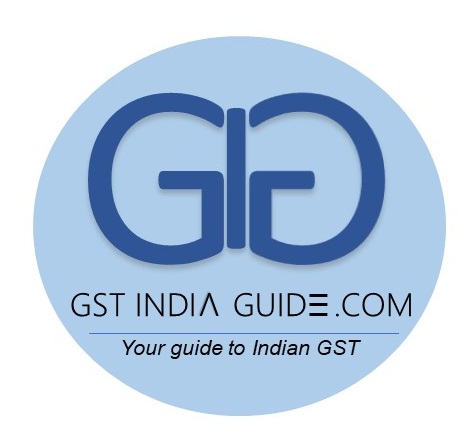The Government has excluded securities from the definition of ‘Goods’ in the revised draft Model GST Law. It has been done for the relief of stock market, banks, brokers and mutual funds.
Section 2(49) of the revised draft model law states that “goods’’ means every kind of movable property other than money and securities. The previous draft of the Model GST bill had included ‘securities’ in the definition of goods, raising concerns on whether transactions in securities would attract GST.
According to the revised drafts, an ‘anti-profiteering’ measure has been proposed to ensure that trade and industry pass the benefits of reduction in tax rates to consumers. An anti-profiteering authority is likely to be set up for this.
The Bills have also introduced new concepts of “mixed” and “composite” goods as well as anti-profiteering measures.
The Bills will now be taken up by the GST Council, comprising the Union finance minister, the minister of state for finance and representatives of states, on December 2 and 3. The aim would be to introduce the Central GST (CGST), integrated GST (IGST) and compensation Bills in Parliament.
If passed, the government would be able to introduce GST from the targeted date of April 1, 2017. State GST Bills would have to be passed by respective state Assemblies.
The draft Bills do not have GST rates. Earlier, the GST Council had approved different tax slabs — zero per cent, five per cent, 12 per cent, 18 per cent, 28 per cent and a cess on sin and luxury goods. The exact segment-wise rates are yet to be worked out.
The government will, however, have to woo the Opposition over demonetisation as Parliament proceedings remained stalled last week, and politically settle the issue of turf between the central and state officials over administering assessees under GST.
The revised draft GST Bills outlines “mixed” and “composite” goods, which was not there in the earlier draft.
“Mixed” goods mean a seller may give different goods to a buyer, without a dominant price.
For instance, one may go to a restaurant and order a “thali”, comprising rice, roti, vegetables, pulses and a sweet dish. Some of these, such as rice, may be exempt from GST, but others such as the sweet dish may attract a rate, say 12 per cent. In such a case, the “thali” would attract the highest rate, that is, 12 per cent.
Another concept is “composite” of goods, where one dominant good is sold.
For instance, one may go to a mall and purchase a mobile handset. Along with it, the seller may give the buyer a bag for it. The bag might be exempt from GST but the mobile handset might attract 18-per cent tax. In this case, the rate applicable for the dominant good, that is the mobile handset, would apply.
Arguing that one had purchased a good that did not attract GST will not work.
“In a case of composite supply, wherein a supply is made comprising of multiple supplies of goods or services, out of which, one supply is predominant and others are naturally bundled with it, it will be treated as a supply of the predominant one. In a case of mixed supply, which involves multiple individual supplies of goods or services for a single price without any predominant supply, it will be treated as a supply of goods or services which attract highest rate of tax,” said Pratik Jain, leader, indirect tax, PricewaterhouseCoopers (PwC) India.
Jain, however, said it would be a challenge to implement these measures as it was difficult to ascertain if lower GST rate could cut the prices of a good or services, as a corresponding increase in the costs of inputs might affect it.
Asked about Malaysia, which had also introduced this measure, the expert said there were a number of litigations in the country over this.
The Bills also provided for staggering input-tax reimbursements, called input-tax credit in technical language, over a period of three years for goods such as telecom towers and pipelines.
In earlier drafts, intangibles were taken as services, but in the new drafts, this provision has been removed. There was a lot of confusion as to why some intangibles, particularly in the software sector, should be taken as services. One has to wait for exact rules on tangibles to see whether this problem has been resolved.
The new draft has also addressed concerns of stock markets, brokers and mutual funds as securities have been taken out from the definition of goods. This implies transactions — selling and buying — in these papers would not attract GST.
Along with GST Bills, a draft compensation Bill was also made public. This is the first draft as the GST Council decided only last month to have a separate compensation law. The Bill says that a tax revenue growth rate of 14 per cent would be assumed for states with the base year of 2015-16.
The Centre will give full compensation to states in case of revenue loss because of GST for the first five years of the introduction of the new indirect tax system. This would be given at the end of every quarter, says the draft Bill.
The Business Standard,26th November 2016
